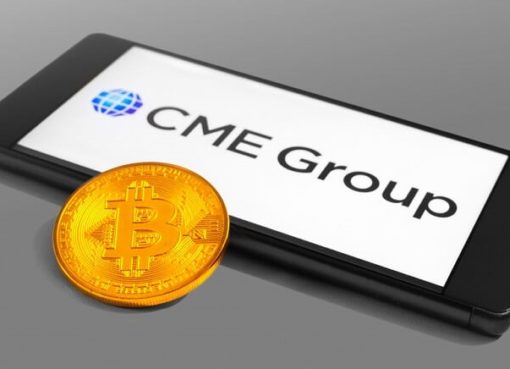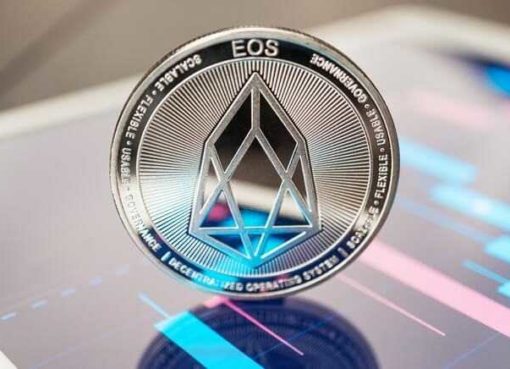Ripple is set to significantly enhance the XRP Ledger by integrating Ethereum-compatible smart contracts through a new sidechain. This development marks a major step forward for the XRP ecosystem, expanding its capabilities beyond basic transactions to include complex applications such as decentralized exchanges, token issuance, and more. The integration of smart contracts will make the XRP Ledger a more versatile and attractive platform for developers worldwide.
Expanding XRP Ledger’s Capabilities
The upcoming addition of smart contracts to the XRP Ledger is a game-changer for Ripple and the broader XRP community. By utilizing a sidechain network that is compatible with the Ethereum Virtual Machine (EVM), Ripple is bringing advanced functionality to its blockchain. Smart contracts, which are self-executing contracts with the terms of the agreement directly written into code, will enable the XRP Ledger to support a wide range of decentralized financial applications.
“Progress towards smart contract functionality is already underway in the XRP Ledger ecosystem with the XRPL EVM sidechain,” Ripple announced in a recent release. This sidechain will bring EVM compatibility to the XRP community, allowing developers to use familiar tools and programming languages. This move is expected to broaden the XRP Ledger’s appeal to a global developer audience, encouraging the creation of new and innovative applications on the platform.
How the Sidechain and Smart Contracts Work
The XRPL EVM sidechain is designed to operate in parallel with the main XRP Ledger blockchain. A sidechain, in this context, is an independent blockchain that runs alongside the main chain, offering enhanced functionality without compromising the integrity of the primary network. This approach allows the XRP Ledger to maintain its core strengths—speed, low transaction costs, and scalability—while introducing the ability to run smart contracts.
The XRPL EVM sidechain will use the Axelar network to facilitate cross-chain token transfers. Axelar is a crypto bridging service that enables interoperability between different blockchains. In this setup, Wrapped XRP will serve as the native asset and gas token on the sidechain. Wrapped XRP is a token that represents XRP on other networks, providing a seamless way for users to transfer value between the XRP Ledger and over 55 other blockchains.
Implications for Developers and the XRP Ecosystem
For developers, the introduction of smart contracts on the XRP Ledger opens up a new world of possibilities. Ethereum-compatible smart contracts allow for the automation of complex transactions, enabling the creation of decentralized exchanges, token issuance platforms, and other decentralized applications. This functionality is critical for the growth of the XRP ecosystem, as it attracts more developers and projects to the platform.
Moreover, the ability to use EVM-compatible tools and programming languages means that developers who are already familiar with Ethereum’s ecosystem can easily transition to building on the XRP Ledger. This compatibility lowers the barrier to entry, making it easier for developers to bring their Ethereum-based applications to the XRP network.
Ripple’s strategic move to integrate smart contracts via the XRPL EVM sidechain is also expected to enhance the overall utility and value of the XRP token. As the primary asset on the sidechain, eXRP will play a crucial role in powering transactions and smart contract executions. This increased demand for XRP, combined with the expanded functionality of the XRP Ledger, could lead to greater adoption and usage of the token in the long run.
Looking Ahead: The Future of XRP Ledger
Ripple’s integration of Ethereum-compatible smart contracts into the XRP Ledger is poised to reshape the landscape of decentralized finance (DeFi) on the platform. By leveraging the power of sidechains and interoperability solutions like Axelar, Ripple is positioning the XRP Ledger to compete more effectively with other major blockchain networks.
As the XRP Ledger evolves with these new capabilities, it will be interesting to see how the developer community responds and what new applications emerge. The addition of smart contracts could be the catalyst that propels the XRP Ledger into the forefront of the DeFi space, further solidifying its position as a leading blockchain network.
In conclusion, Ripple’s decision to enhance the XRP Ledger with Ethereum-compatible smart contracts via the XRPL EVM sidechain is a significant development for the platform. This move not only expands the functionality of the XRP Ledger but also opens up new opportunities for developers and users alike, setting the stage for the next phase of growth in the XRP ecosystem.
Featured Image: Freepik




